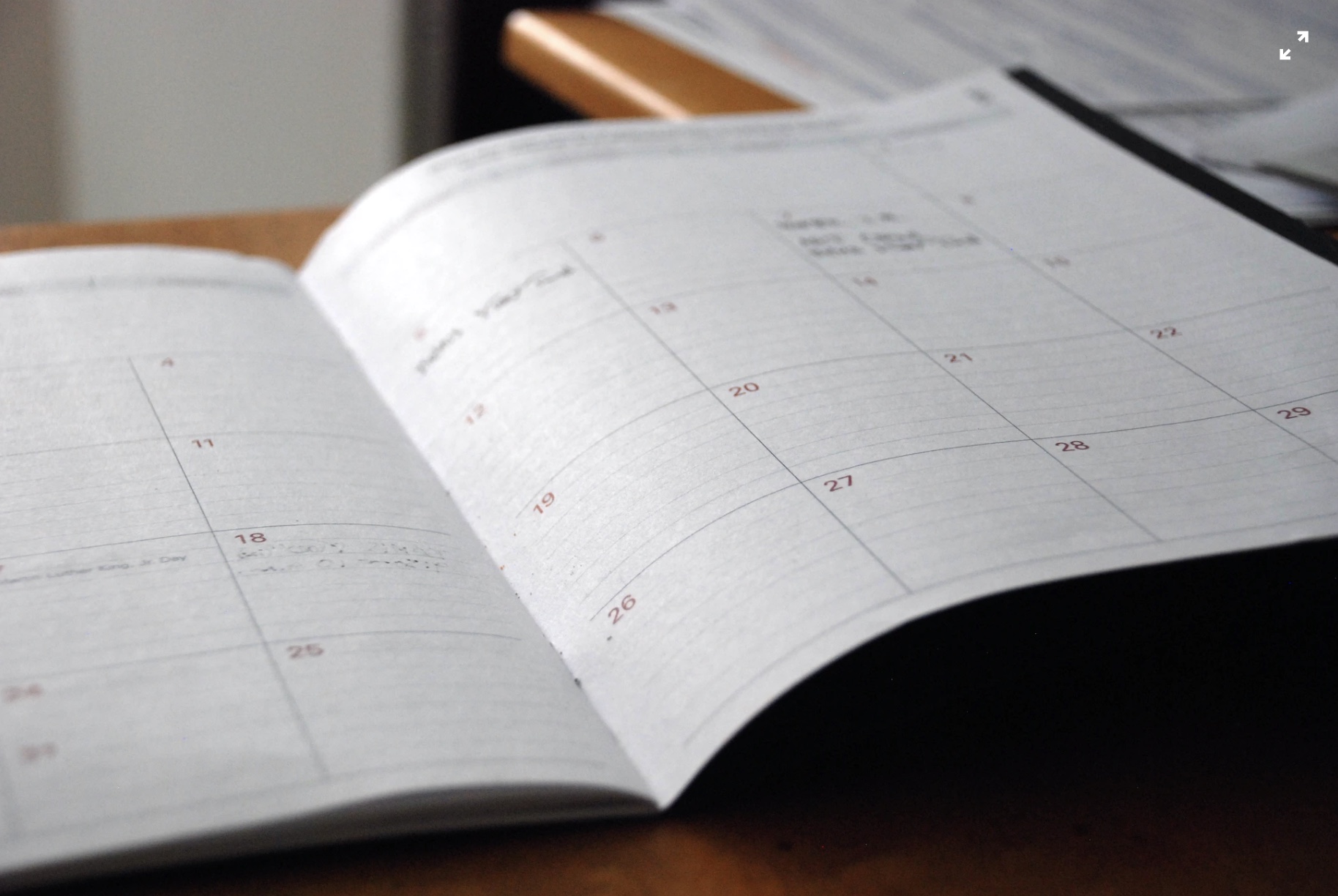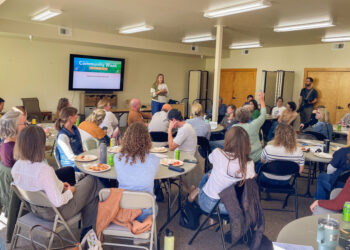By Bella Butler COMMUNITY AND ENVIRONMENT EDITOR
BIG SKY – In response to the COVID-19-induced changes to the social and economic landscape of Big Sky, the Big Sky Resort Area District board and staff met virtually on April 29 to discuss procedural adjustments for the coming years.
During the April 8 board meeting, a subcommittee comprised of board members Buz Davis and Sarah Blechta, along with BSRAD Executive Director Daniel Bierschwale and Operations Manager Jenny Muscat, was established to analyze a number of potential COVID-19 impact scenarios and present possible approaches to the board.
The subcommittee consulted with more than 20 sources, including interviews they conducted with various community and regional actors. From these consultations, they drew out a number of themes, including assumed impacts for two to three years, a need for widespread testing and using travel, and tourism data to guide decisions, among others.
On behalf of the subcommittee at the April 29 meeting, Bierschwale presented a number of propositions including a biannual appropriation cycle. This restructure would add a fall application period to the existing spring period and allocate funds collected every six months as opposed to every 12 months. The change would allow the board to react more regularly to the pandemic and its ripple effects, which have proven to be extremely fluid.
Another recommendation brought forth by the scenario planning subcommittee was to set aside a portion of collections as a reserve. “All of that money is extremely important to the [recipients of resort tax funds], but that money is also what’s going to potentially help us get through in [Fiscal Year 22] in the event that the worst case scenario were to happen—which would be Fiscal Year 21, the summer and winter season, having no collection,” Bierschwale said at the meeting.
The subcommittee’s reserve recommendation was paired with the proposed concept of a crisis management policy that would provide guidance as to when and how to use the reserve funds in case of an emergency.
Based on a conservative forecast for March, April and May 2020 collections and with considerations for the operating budget and bond commitments, collections currently scheduled to be distributed for FY21, which begins July 1, 2020 and ends June 30, 2021, are predicted to total between $5 and 6 million, roughly $2-3 million less than the previous year.
In a document provided by the subcommittee with forecasts and recommendations, a suggested reserve of $2 million would be set aside from allocations awarded for use in FY21 and an additional $500,000 would be added each year for the next two years.
This would leave roughly $1.3 million in cash available for the upcoming appropriation period and set aside an equal amount to be divvied out in November. Based on the forecast employed by the subcommittee, additional collections from the summer season would push cash available for the fall allocation over $2.3 million, but in the “worst case scenario,” according to the subcommittee, where collections from this summer would be minimal to nonexistent, funds would still be available for fall distribution.
Also proposed was the continuance of the Big Sky Relief fund, which has provided critical emergency funds for the Bozeman Health Big Sky Medical Center as well as other community institutions and organizations like the Big Sky School District and the Big Sky Community Food Bank. The six-month resort tax appropriation cycle would give biannual opportunities to reevaluate Big Sky Relief as well as the BSRAD operations budget.
No actions were taken during the meeting, but it was suggested that a vote deciding whether or not to shift to a six-month appropriation cycle would be added to the agenda for the upcoming May 6 board meeting. Other items proposed by the subcommittee, such as the existence and amount of the reserve fund, will be decided at a later date.
Support was expressed for biannual allocation cycle, but board members also expressed some apprehension about the sizable proposed reserve. “I just think the board needs to be realistic also about balancing what feels safe and financially secure and worst-case scenarios with the heart of the people,” said board member and Big Sky Community Organization CEO Ciara Wolfe. “Is it worth being safe and secure to not have anything available and people to move out of town?”
Other board members cited the Montana Department of Commerce’s recent “Montana is worth the wait” campaign as well as the potential for a fall reemergence of COVID-19 as justification for conservative choices now.
“We have a responsibility to make sure we have public safety and emergency services … and make sure those continue so we can support the health and safety of our community,” board member Davis said. “Are we willing—are you willing—to bet the cash we have now, to bet against that this thing is going to reemerge?” Davis, whose term will expire when a new board member takes his seat following the results of the May 5 election, warned fellow board members to be conservative.
Bierschwale described the subcommittee’s proposition as “a strawman concept for discussion,” which the board will consider in upcoming meetings. The potential for new faces to grace the board at the May 6 meeting hangs in the recently cast votes. Bierschwale said he was impressed with the responses from all candidates in the recent forum hosted by Big Sky’s Top Shelf Toastmasters, and BSRAD’s robust orientation will prepare any newcomers to serve on the board as it navigates the rocky road forward.














